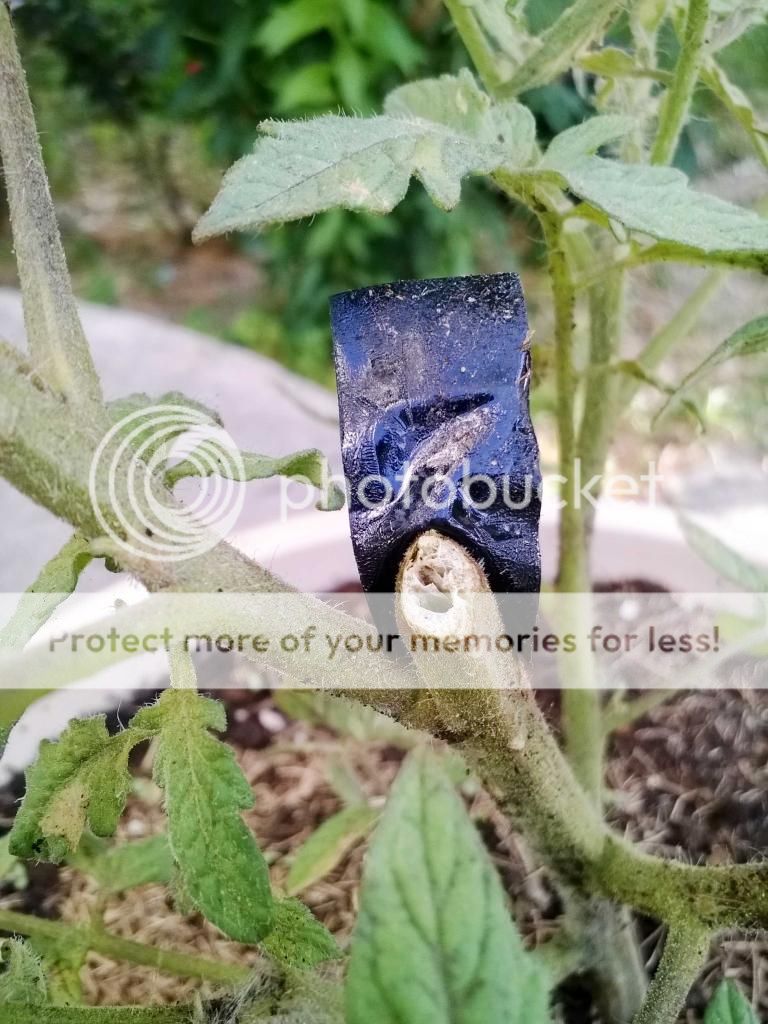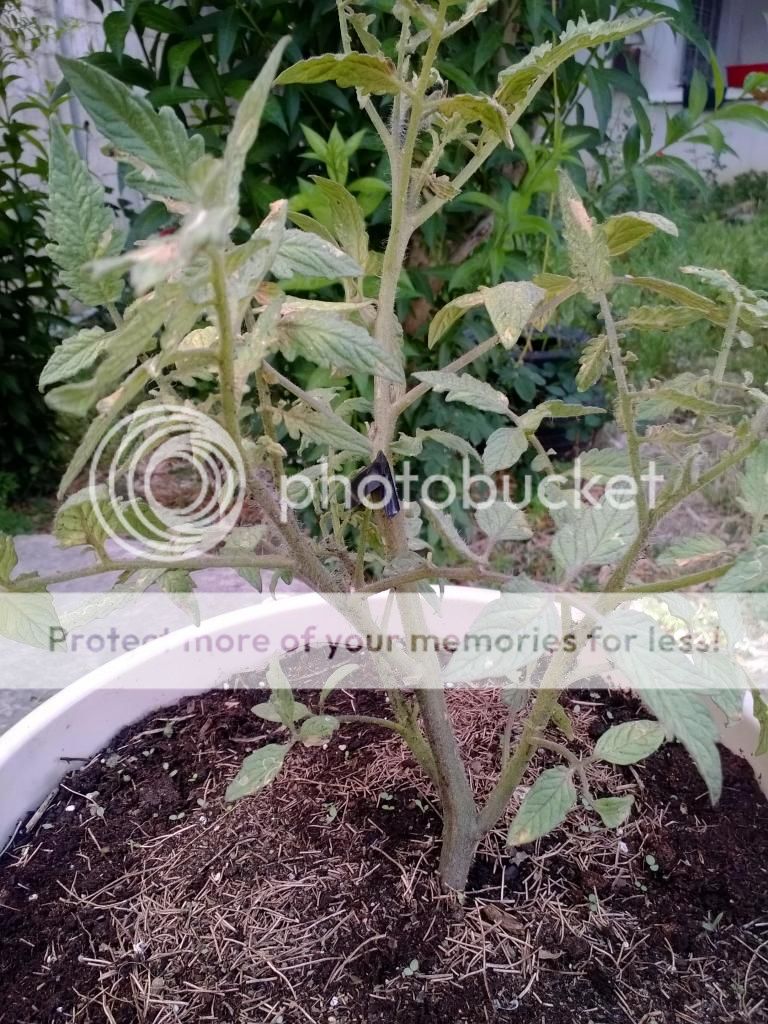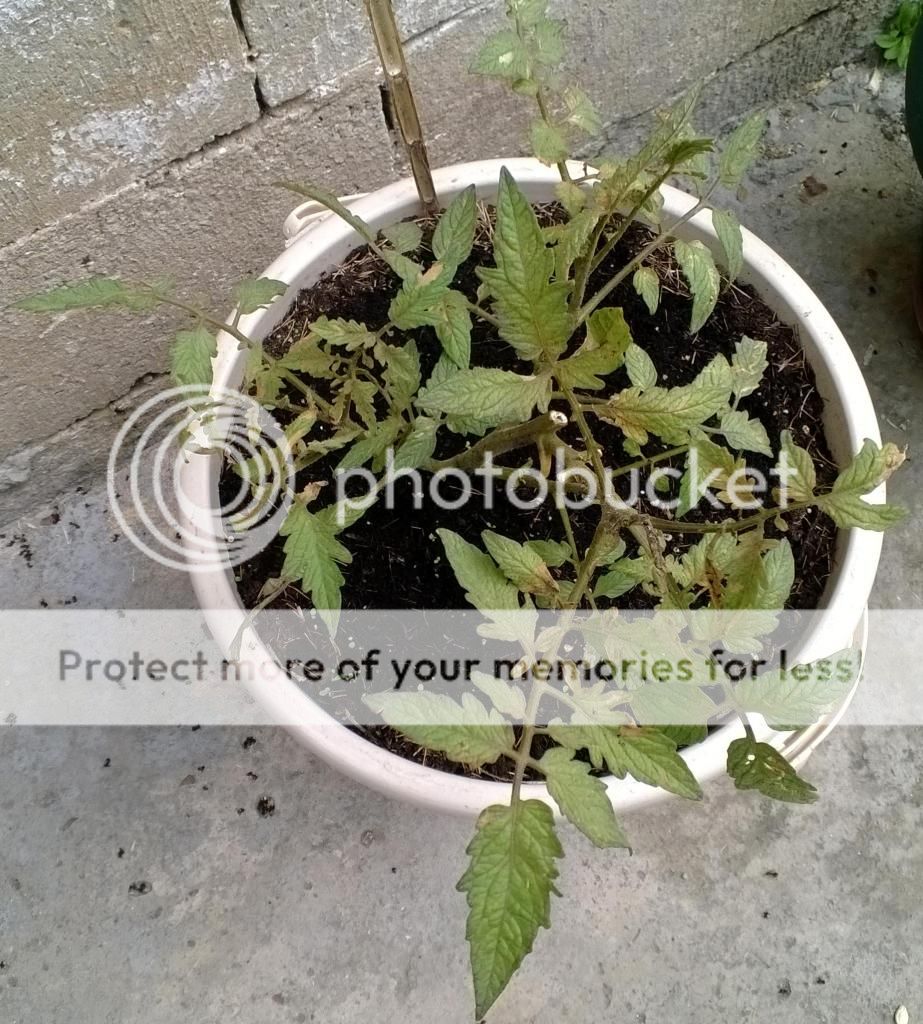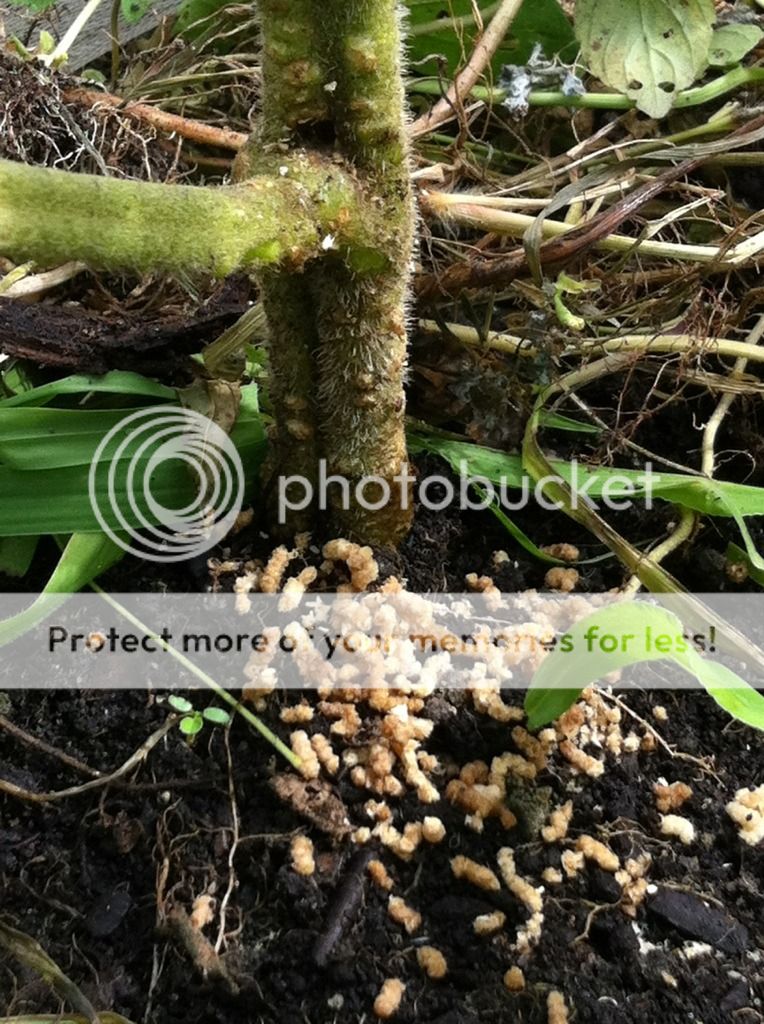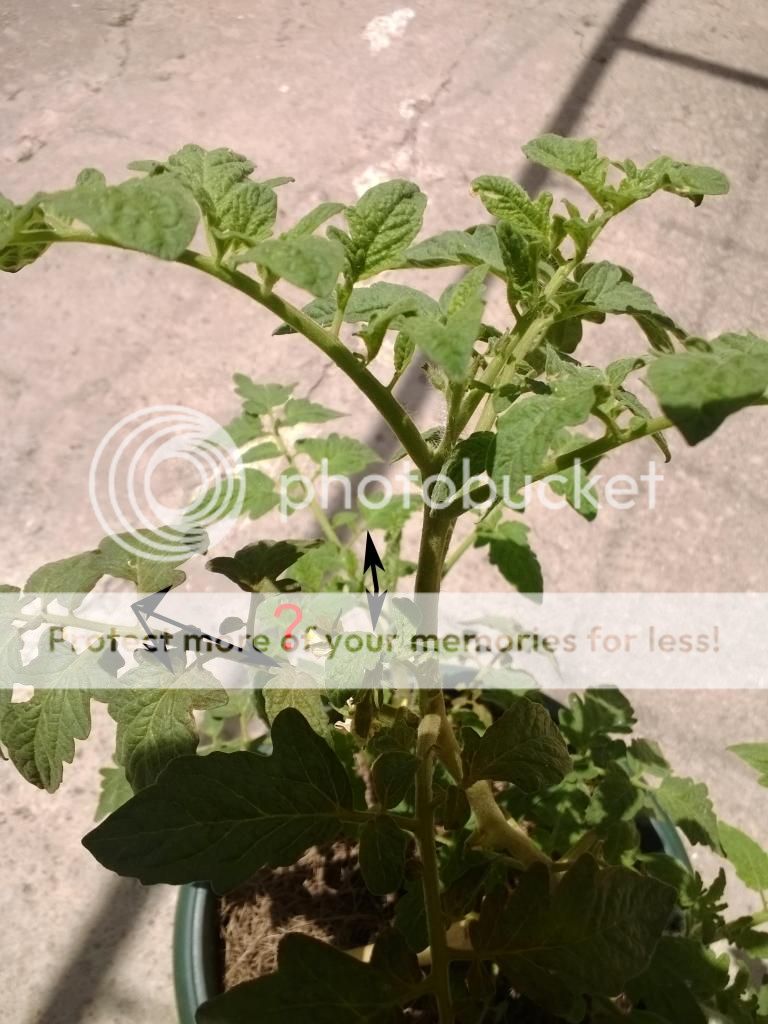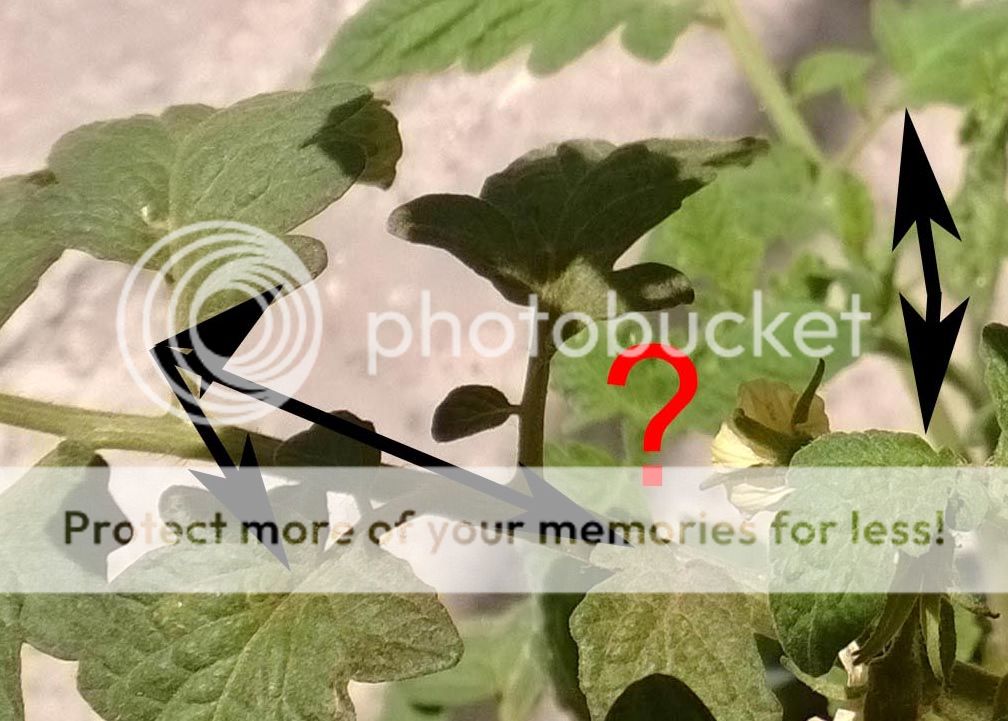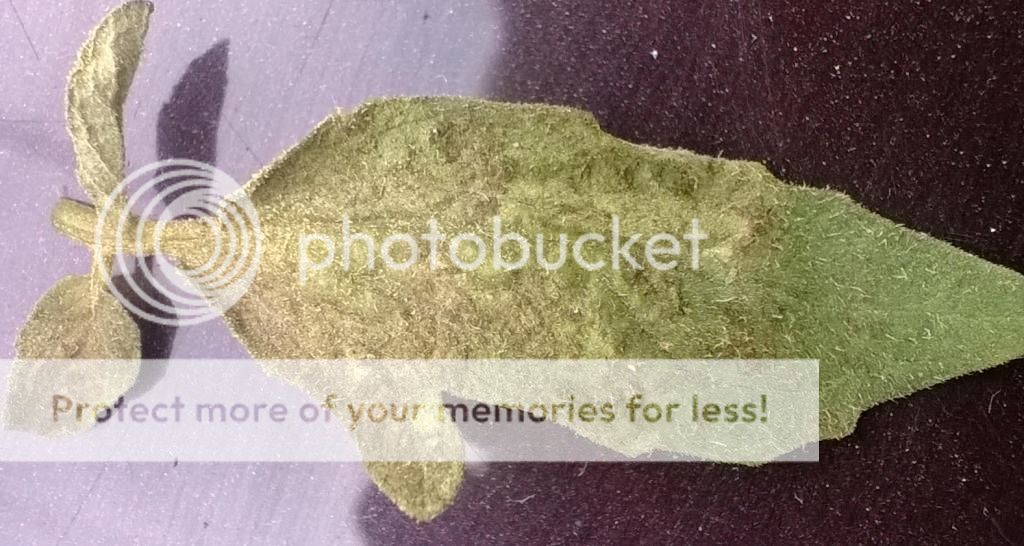Hi Pathfinder! I have been reading this thread and was hesitant to jump in because I am still learning a lot myself. But if you would be open to a little sage wisdom from a fellow student, I can tell you that you are really over thinking this! Here's what I got from this thread so far...
You transplanted your tomato and in the process, it fell and was damaged. You said the main root (stem, or root?) was damaged. You pruned off the primary growing tip of the plant along with a lot of branches (growing stems, or leaves?) You have seen some bugs on your plant. You have fed them (what? how often) and sprayed them with epsom salts and some other things.
My observation, is that your plant is in deep stress and barely hanging on in survival mode. The last thing you want to do is feed it right now. Feeding it will force it to grow, and while that is what you so very badly want it to do, right now it just needs to heal.
1 tablespoon = 3 teaspoons. For foliar feeding of magnesium (epsom salt) when it is truly needed, you would use 1 tablespoon maximum in a gallon (3.78 litres) of water. You sprayed a very strong salt solution on your plant's leaves. This can stress it even more.
You showed a picture of a leaf with some purple veins, which was discussed as usually a sign of phosphorus deficiency. That doesn't 100% mean to give the plant more phosphorus. A few purple leaf veins wont kill the plant. I had 50 purple seedlings riding out the cold and they are now over a meter tall, dark green, and making tomatoes and peppers with no intervention at all.
If you broke the main root system of your plant, or damaged the main stem below where you cut it, the plant could be having trouble uptaking a variety of nutrients. But "throwing everything at it," is only going to stress it more.
Take a deep breath!

Trim off the worst leaves. Trim leaves that are touching the soil. Give your plant only water for a couple of weeks. Water only when the top 4cm of soil have dried. Don't let any water splash on the leaves.
It's entirely possible that bugs that love roses have also been visiting your tomato. Check it daily and pick off any bugs or rinse with clean water.
But for at least a couple of weeks, just use water, and let it heal.
While you're letting it heal, can you tell us:
+What kind of soil/potting mix did you put in the pot?
+Did you add any fertilizer? How much? What was its nutrient analysis? ("N-P-K")
+Besides the epsom salts, what else are you spraying the leaves with?
+How many times did you spray and how often?
I think you're just giving your plant too much love! They do better sometimes when you don't. (Believe me! I am living proof of that!)

Don't stress...!

